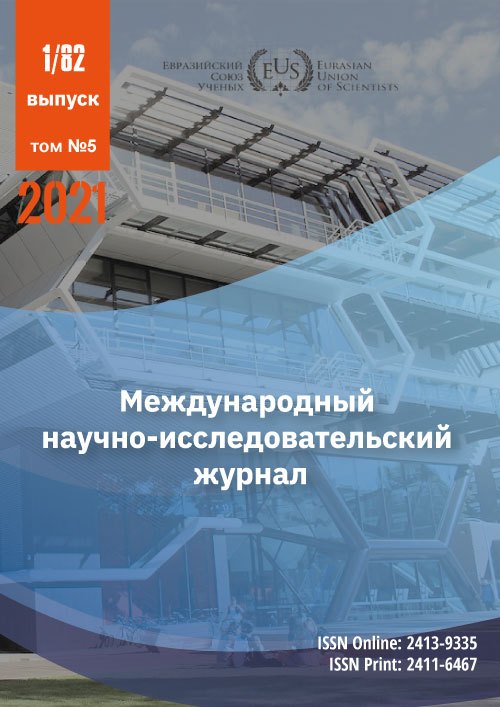ANALYSIS OF LONG-TERM VARIABILITY OF RIVER RUNOFF IN THE URAL RIVER BASIN
Abstract
The hydrological zoning of the Ural River basin has been clarified in terms of synchronism and in-phase fluctuations in annual runoff. 5 hydrological regions have been identified. For 9 hydrological posts and 5 meteorological stations located in different parts of the basin, a detailed statistical analysis of long-term data was carried out. A single 1975 year of the beginning of hydro-meteorological changes in the basin was revealed. For each hydrological region, statistically significant changes in the annual and seasonal runoff were revealed. The assessment of the factors of change in runoff was carried out. Areas with a predominant influence on the change in runoff or anthropogenic load on water resources or climatic changes are identified.
References
Вода России. Речные бассейны / Под науч. ред.
А.М. Черняева; ФГУП РосНИИВХ. – Екатеринбург: Издательство «АКВА-ПРЕСС», 2000. – 536 с.
Магрицкий Д.В. Речной сток и гидрологические расчеты: практические работы с выполнением при помощи компьютерных программ. М.: Изд-во Триумф, 2014. – 184 с.
Магрицкий Д.В., Евстигнеев В.М., Юмина
Н.М., Торопов П.А., Кенжебаева А.Ж., Ермакова Г.С. Изменения стока в бассейне р. Урал // Вестник МГУ. Сер.5. География. 2018. №1 – с. 90–101.
Магрицкий Д.В., Школьный Д.И., Юмина Н.М., Кенжебаева А.Ж. Факторы и закономерности изменений стока и водного режима р. Урал // сборник материалов конференции "Третьи Виноградовские чтения. Грани гидрологии". – г. Санкт-Петербург, 2018. – С. 579–584.
Ресурсы поверхностных вод СССР. Том 12. Нижнее Поволжье и Западный Казахстан. Вып. 2. Урало-Эмбинский район. Л.: Гидрометеоиздат, 1970. 515 с.
Христофоров А.В. Теория случайных процессов в гидрологии. Учебное пособие. – М.: Изд-во МГУ, 1994. – 143 с.
CC BY-ND
A work licensed in this way allows the following:
1. The freedom to use and perform the work: The licensee must be allowed to make any use, private or public, of the work.
2. The freedom to study the work and apply the information: The licensee must be allowed to examine the work and to use the knowledge gained from the work in any way. The license may not, for example, restrict "reverse engineering."
2. The freedom to redistribute copies: Copies may be sold, swapped or given away for free, in the same form as the original.







